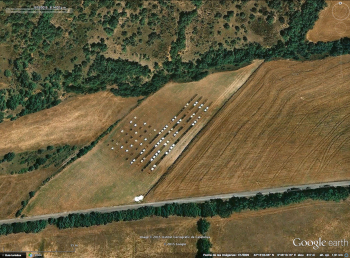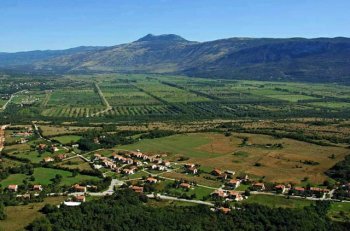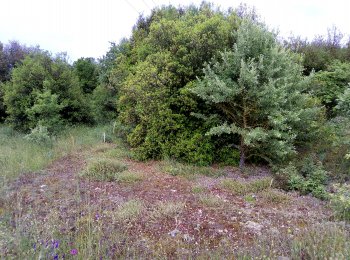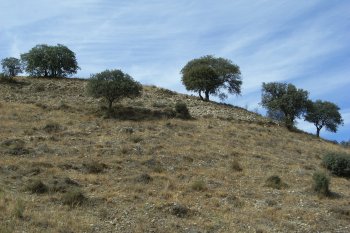Mulching Tuber melanosporum seedling to accelerate fruiting
This study is aimed at accelerating the onset of truffle production by avoiding weed competition around the recently planted Tuber melanosporum inoculated seedlings. By doing so reducing the labor costs, avoiding compacting the soil or loosing the organic certification of the truffle orchard.





